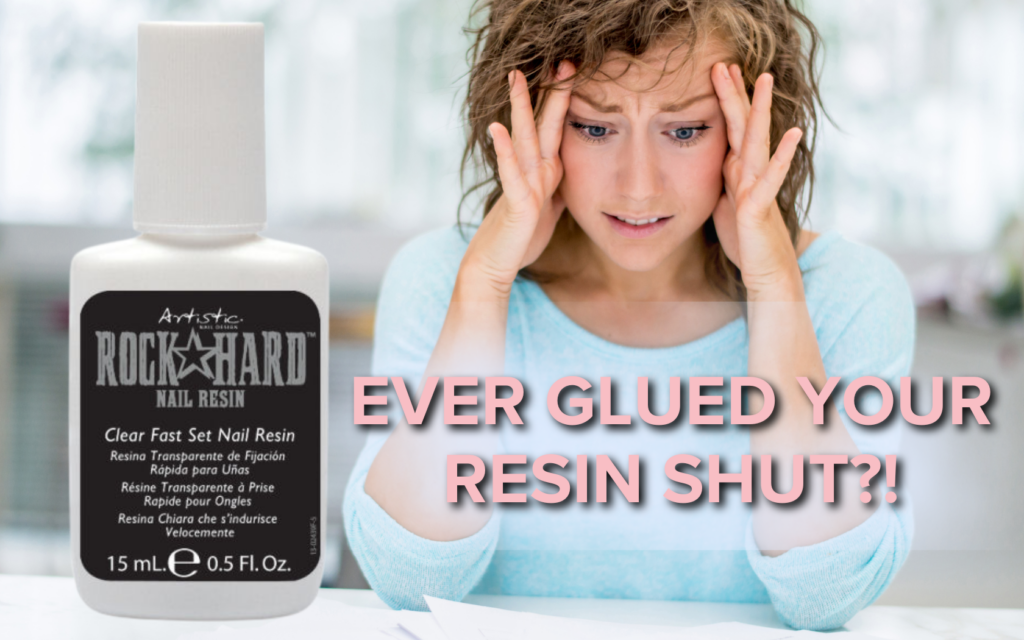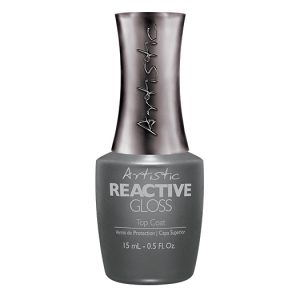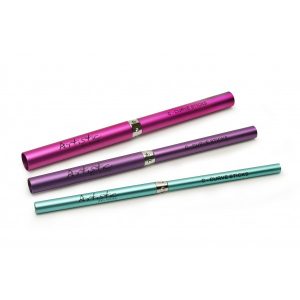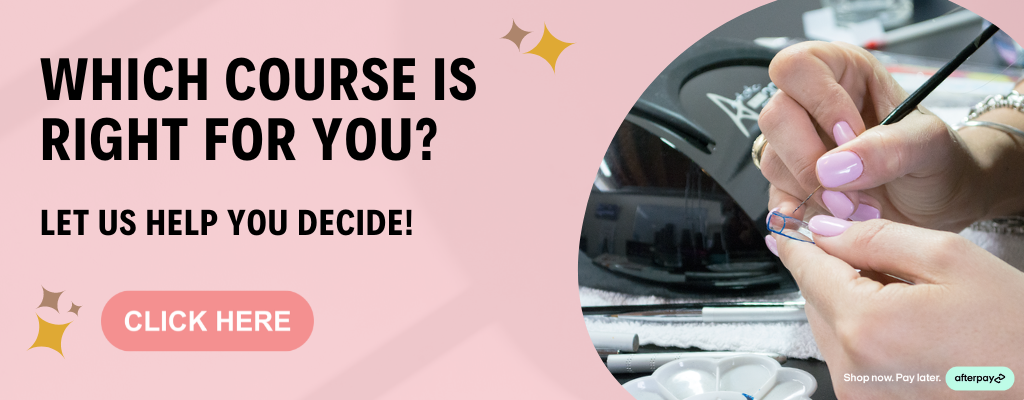 Kia ora!
Kia ora!
Holy smokes, are we all as sick as each other right now?! I’ve had Influenza A and 0/10, do not recommend. I hope you and your family are faring better this winter!
This week, we’re continuing our exploration of Chemistry Basics with Part Threeee of our series, diving into the fascinating (I swear) world of cyanoacrylates.
If you missed Part 1 and 2, they’re on our website under ‘News’
What are Cyanoacrylates?
Cyanoacrylates cover a variety of very quick-curing adhesives, including but not limited to –
- The ‘glue’ used for tips and crystals
- The resin used for wrap nails
- The resin used for dipping system top and base coats
- And even (in a slightly different form) household super glues. Professional nail products are specifically designed for use on fingernails and are far superior than super glue for use in salon.
No Air, TYVM
Some cyanoacrylates are used as adhesives for sticking tips on and crystals down. These cyanoacrylates are formulated differently – they are still sensitive to moisture but they work best when there is no air.
In the presence of air, most set slowly or turn to a rubbery jelly but when the air supply is cut off (for example when you press a tip down onto a nail), the adhesive sets (polymerises) quickly.
This feature is beneficial for the nail technician, allowing maximum working time and a quick set once the tip is placed.
Fast Is Not Better
Thin/runnier adhesives set faster, but this is not always good – extremely fast setting adhesives can give lower strength. Be aware that if there is a gap between the tip (as there generally is with ski-jump nails, nails with missing side walls, bitten or broken nails), then thicker, slower setting adhesives will give the best adhesion.
If you have a client whose tips just don’t seem to hold or they separate in a few weeks, try a slower-setting thicker adhesive!
Clients who wear Dip or tips should be warned that all cyanoacrylates are moisture sensitive, and they should wear gloves whenever possible.
Polymerising Cyanoacrylates
Prior to polymerisation, cyanoacrylates exist in a tube or bottle (think a bottle of glue or dip base coat) as single molecules in liquid form.
Remember how Baking Powder needed heat to give it energy? Cyanoacrylate initiators get their energy from moisture. When they come into contact with water, the molecules react with hydroxide ions to quickly form their long polymer chains and eventually set into a hard solid.
Moisture Please – But Not Too Much
As there is a thin layer of moisture covering most surfaces (because of general air humidity), cyanoacrylates can bond two surfaces together very effectively. The process of polymerisation and therefore adhesion can be sped up using a catalyst or accelerator.
To avoid polymerisation happening before you want it to, cyanoacrylates must be protected from the moisture in the air. They are generally sold in containers with small nozzles, which prevents air molecules from thickening the product.
The nail plate contains enough natural moisture to polymerise monomers itself, and just touching the nail plate is often enough to react the monomers. This is why, when gluing tips on, you don’t have to do anything but wait a few seconds while the moisture in the nail does its job. This is also why cyanoacrylates so easily stick your fingers together!
How Not To Glue Your Bottles Shut!
It is very easy to accidentally glue cyanoacrylate bottles shut. If you keep your glue or resin in a drawer next to another liquid such as monomer, sanitiser or cleanser, a tiny amount of moisture from these bottles seeps into the air around them, and such a tiny amount is enough to polymerise the tiny amount of glue hiding around the lip of the bottle where you last wiped your brush. If that liquid glue turns into a solid – your glue has been glued shut!
You might also notice if you get too close to a bottle of glue that your eyes start to sting. What is on the surface of your eyeballs? Moisture! Tiny evaporating particles of glue are polymerising on your eyeballs!
Wait, Glue?
The word “glue” is commonly misused — especially in the professional nail industry. People often use this term to mean anything that is sticky but glue is a name for a certain type of adhesive. True glues are adhesives made from animal protein, hide, bones and hooves. No professional nail adhesive is made from animal by-products, so it is incorrect to call them ‘glues’. The proper term is adhesive. The professional nail industry uses advanced monomer adhesives, not glue – although we commonly use the word anyway.
Did you learn anything new? Tell us what gave you your ‘Ah-Hah’ for the day!
This is what else we loved last week –
- Tips and tricks for making Monomer easier to work with in winter
- Holographic ANYTHING
- Free sh*t! Especially when it’s fun
- Ruining nails on camera (at least it wasn’t on a client?)
- Knowing how to charge what we are WORTH!
PS Want our Business Planning Module for freeeeeee?! The first 3 letters of the Coupon Code are M8S – the rest of the code is hiding somewhere in the linked pages above 😉
Click here to send us YOUR thoughts, feedback or highlights, we would love to share
Join Summit 2025 for only $16/week – everyone is welcome!
Click here to get a FREE Video Lesson from our course ‘The Art of Pigments‘ and be the first to get the latest news from Monaco!




